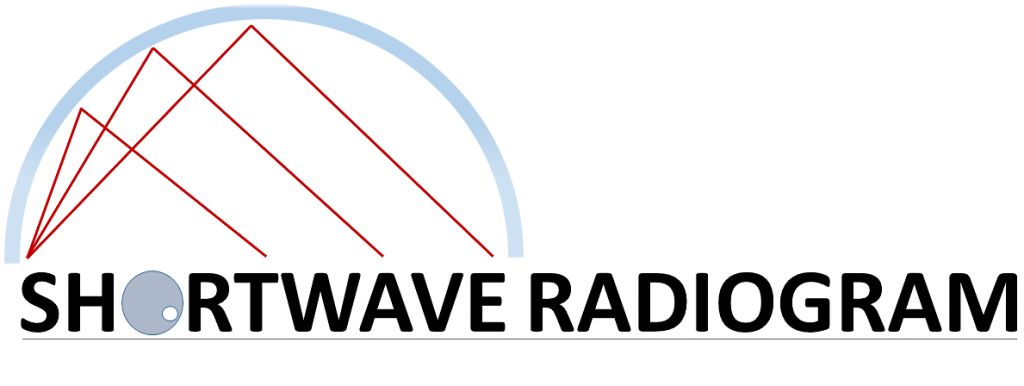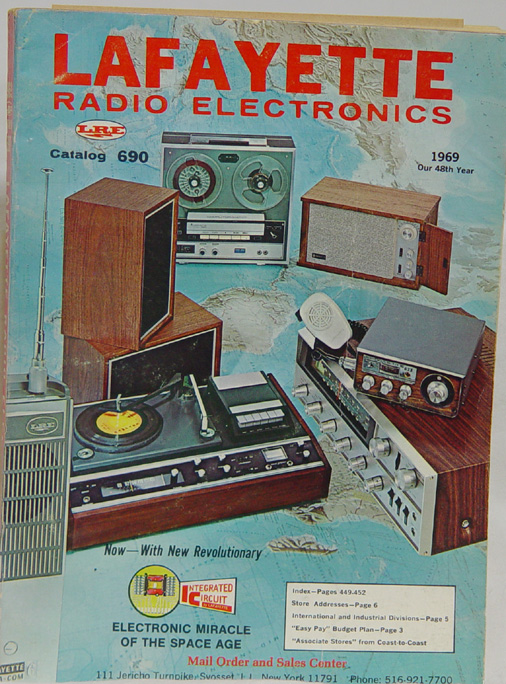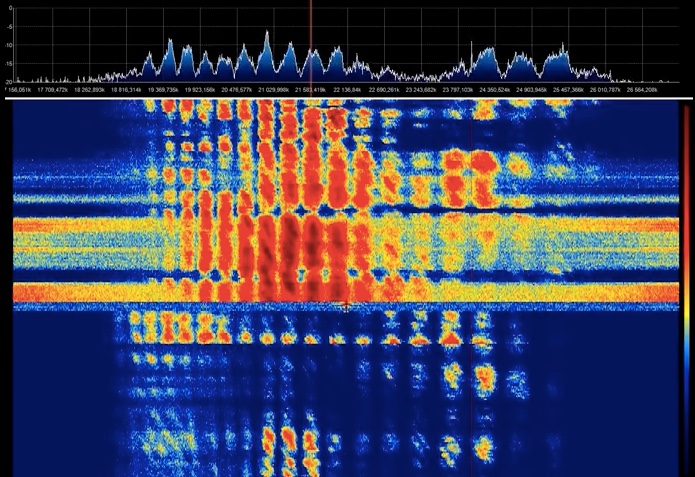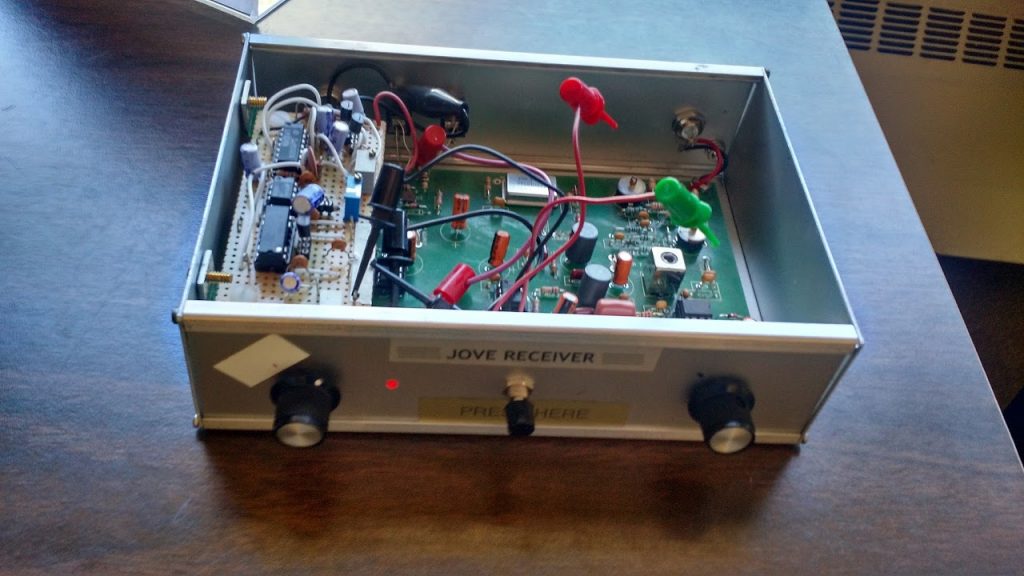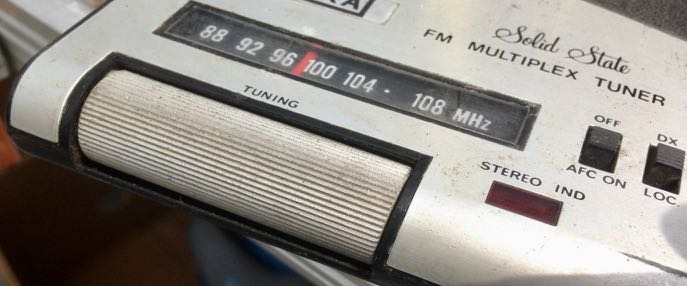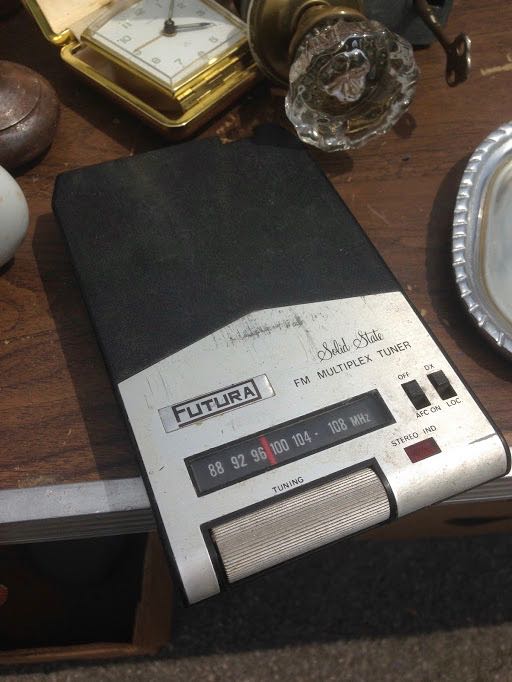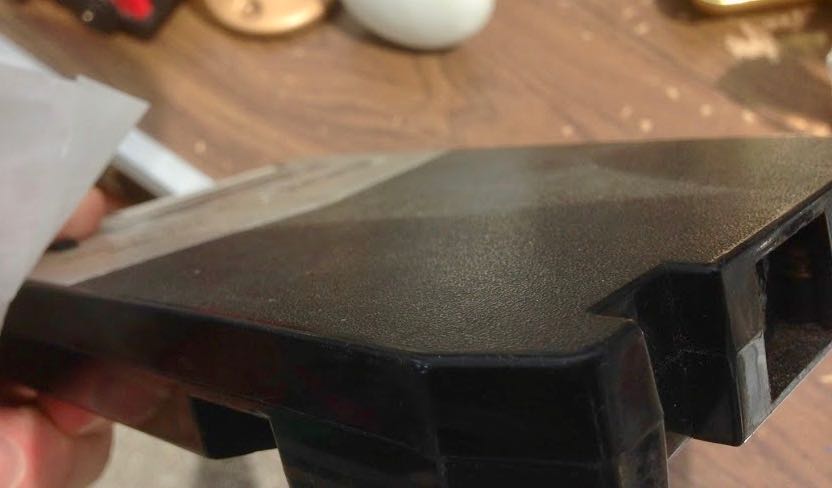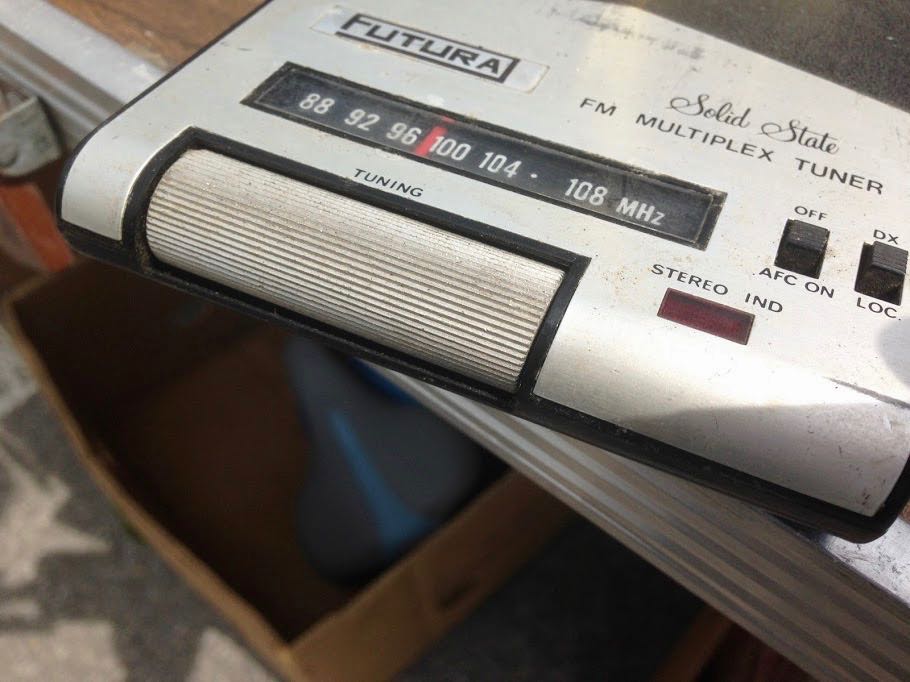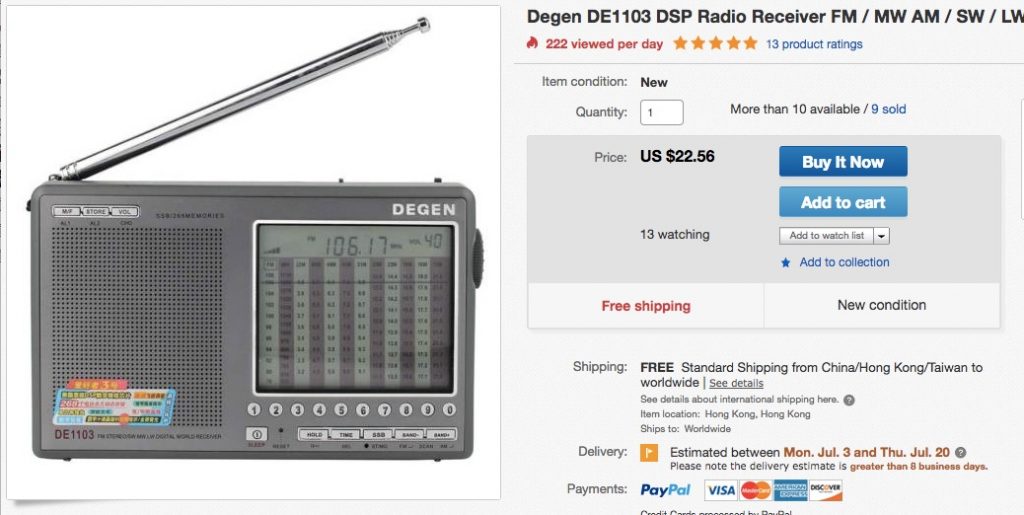
Every year, the BBC broadcasts a special program to the scientists and support staff in the British Antarctic Survey Team. The BBC plays music requests and sends special messages to the small team of 40+ located at various Antarctic research stations. Each year, the thirty minute show is guaranteed to be quirky, nostalgic, and certainly a DX-worthy catch!
After successful listener events from years past, I’m calling on all SWLing Post readers and shortwave radio listeners to make a short recording (say, 30-60 seconds) of the BBC Antarctic Midwinter Broadcast today and share it here at the Post (frequencies and time below).
The recording can be audio-only, or even a video taken from any recording device or smart phone. It would be helpful to have a description and/or photo of your listening environment and location, if possible.
If you submit your recording to me, I will post it here on the SWLing Post–and insure that the British Antarctic Survey receives the post, too. The recordings will be arranged by geographic location.
Frequencies
Please note that the broadcast begins at 2130 UTC on June 21, 2017. The following frequencies are based on the test transmissions last week and info published by Martin Goulding and Mauno Ritola (thank you, guys!):
From ASCENSION
7360 kHz250 kW / 207 deg to Antarctica
From DHABAYYA
6035 kHz250 kW / 203 deg to Antarctica
From WOOFFERTON
5985 kHz300 kW / 184 deg to Antarctica
I’m sure there will be live reports in the SWLing Post chat room during the broadcast. Please sign in and share your report as well!
I hope I’ll be able to receive the broadcast this year–I’m traveling again in Québec, but will have my trusty Sony ICF-SW100 and Elecraft KX2 in tow.
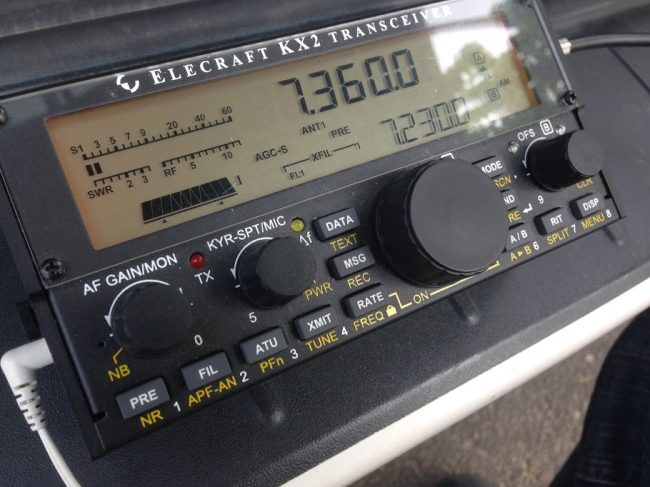
Listening for the Midwinter test transmissions last week with the Elecraft KX2.
I’ll plan to set up at the same listening spot I did last year.
The Midwinter broadcast is one of my favorite programs of the year. I suppose, in part, this is because it happens on June 21–the Summer/Winter solstice–which also happens to be my birthday! Woo hoo!

